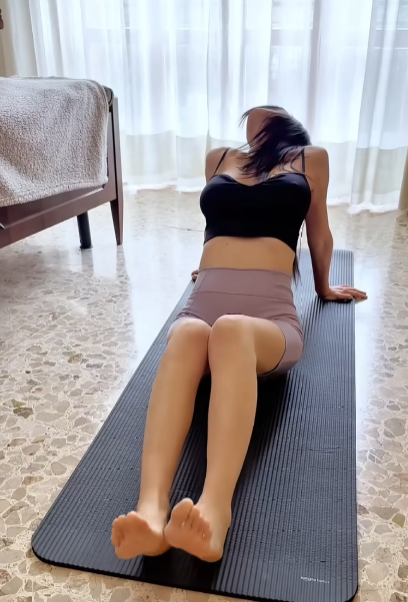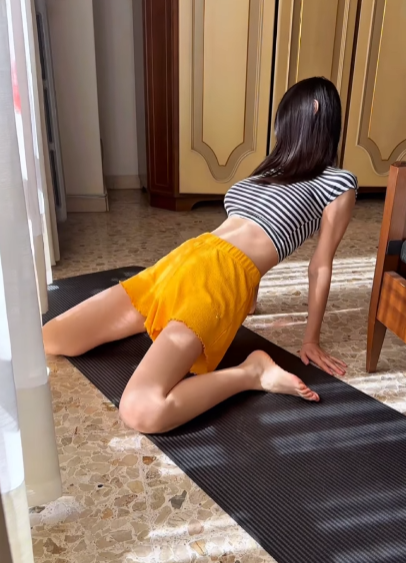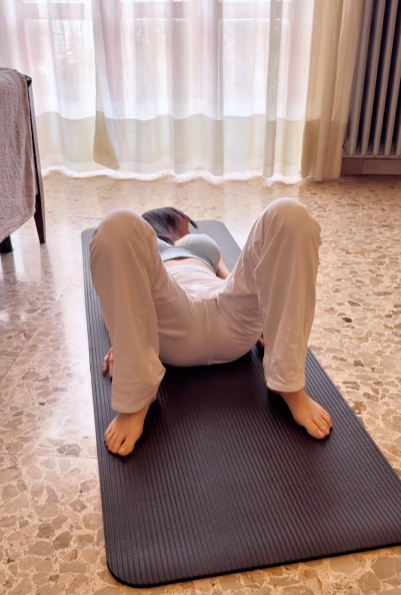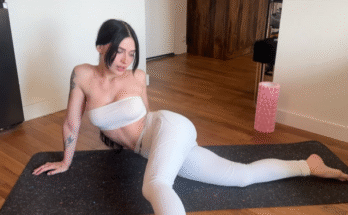
When people hear the phrase “bendy works”, they might think of circus performers, gymnasts, or even yogis twisting themselves into impossible shapes. But “bendy” doesn’t belong only to the stage or the mat. It can also mean flexibility in everyday life, the willingness to adapt, and the creative ways we stretch both our bodies and minds. In fact, the art of being bendy—physically and mentally—has more to do with how we approach challenges, how we grow stronger through flexibility, and how we find joy in movement.
This story is about what “more bendy works” means, both literally and figuratively. It’s a mix of physical practice, playful imagination, and life lessons that come from stretching beyond our comfort zone.
The body that bends
Lina was always fascinated by dancers. She would watch ballet performances online and marvel at how easily their backs curved, how their arms flowed like water, and how their legs seemed to reach impossible heights. One day, she decided to try stretching for herself. At first, it felt stiff. Her back resisted, her hamstrings trembled, and her arms didn’t want to lift high enough.
But she remembered something her yoga teacher once said: “A bendy body is built one breath at a time.”
So Lina started small. Ten minutes of stretching in the morning. Gentle forward folds in the evening. A playful backbend on weekends, even if it was clumsy. Slowly, her body began to respond. Muscles softened. Joints opened. Her breath became smoother.
The more she practiced, the more she realized that being bendy wasn’t about forcing her body into extreme shapes. It was about listening—listening to the rhythm of her breath, the limits of her muscles, and the whispers of her bones. Flexibility wasn’t conquered; it was invited.
And every time she reached a little deeper into a bend, she felt like her heart was opening too.

The mind that bends
“More bendy works” isn’t just about how far you can touch your toes. It’s also about how you think. Life throws unexpected problems at us: plans fall apart, people disappoint, storms arrive without warning. If you’re rigid, you might break. But if you bend—if you adjust—then you can keep moving.
One example was when Lina’s big project at work suddenly changed direction. She had prepared for weeks, and just two days before the presentation, her boss announced that the company wanted something different. At first, Lina felt crushed. All her hard work seemed wasted.
But then she remembered her stretch sessions. How she had learned to breathe through discomfort, how she had found space even when her body felt tight. Could she apply that same mindset to her work?
She tried. Instead of panicking, she adjusted her plan. She recycled parts of her original project, bent them into a new shape, and created something even more creative. When she finally presented, her boss smiled and said, “That was exactly what we needed.”
In that moment, Lina realized: being bendy in the mind is just as powerful as being bendy in the body.
The playful side of bendy
Of course, “bendy works” isn’t all serious lessons. There’s joy in it too. Imagine a child discovering how to twist into funny shapes on the living room floor. Or a group of friends daring each other to try cartwheels, laughing as they topple over.
Playfulness makes flexibility fun.
Lina started incorporating games into her stretch routine. She would put on music and pretend to dance like a ribbon in the wind. She would challenge herself to invent a “new bendy pose” every week—sometimes ridiculous, sometimes surprisingly graceful. Her pet cat even joined in, crawling under her arched back like it was a tunnel.
The more she played, the lighter she felt. Her body loosened faster. Her mind released stress more easily. It turned out that laughter was one of the best stretches of all.

The hidden benefits of bending
Science backs this up too. Flexibility training doesn’t just improve posture or prevent injury. It also helps circulation, calms the nervous system, and builds resilience. A bendy spine supports a healthy back. Loose shoulders release trapped stress. Even bending forward can massage the stomach and improve digestion.
But beyond the physical, there’s a deeper effect: confidence. When you bend a little more than yesterday, when you discover that your body can do something you once thought impossible, your mind starts to believe the same about life’s challenges.
Lina noticed this transformation. The girl who once doubted herself now carried herself taller. She approached difficulties with curiosity rather than fear. Her body was more bendy—but so was her spirit.
Stretching into tomorrow
“More bendy works” became Lina’s personal motto. Whenever life felt tough, she whispered it to herself. It was a reminder that she could stretch, she could adapt, she could play her way through challenges instead of breaking under them.
Her friends noticed the change too. They saw her glow, her calmness, and her new sense of balance. Curious, they asked her secret. She didn’t give them a complicated answer. She simply said:
“Bend a little every day—your body, your mind, and your expectations. You’ll be surprised how much space you’ll find.”
One of her friends laughed, “So you’re telling us we should all become human pretzels?”
Lina grinned. “Not pretzels. Just bendy enough to enjoy the twist.”

A lesson for all of us
Whether or not you practice yoga, dance, or gymnastics, there’s wisdom in bending. Flexibility doesn’t mean weakness—it means resilience. A tree that bends in the wind survives the storm, while a stiff one may crack. A person who can adapt keeps moving forward, while a rigid one stays stuck.
So maybe “more bendy works” is a philosophy for life:
- In the body: Stretch, play, move, and discover new ways to feel alive.
- In the mind: Stay open, adjust to changes, and let go of what no longer serves you.
- In the heart: Bend toward kindness, compassion, and joy.
Because every time you bend, you create space. And in that space, something new can grow.
Closing thought
At the end of one long day, Lina stood in her living room. She folded forward, letting her arms hang loosely, her back curve like a gentle stream. She took a deep breath and smiled.
Life wasn’t perfect. Her body wasn’t perfectly bendy either. But in that moment, she felt strong, free, and open.
And she knew one thing for sure:
More bendy works. Always.



